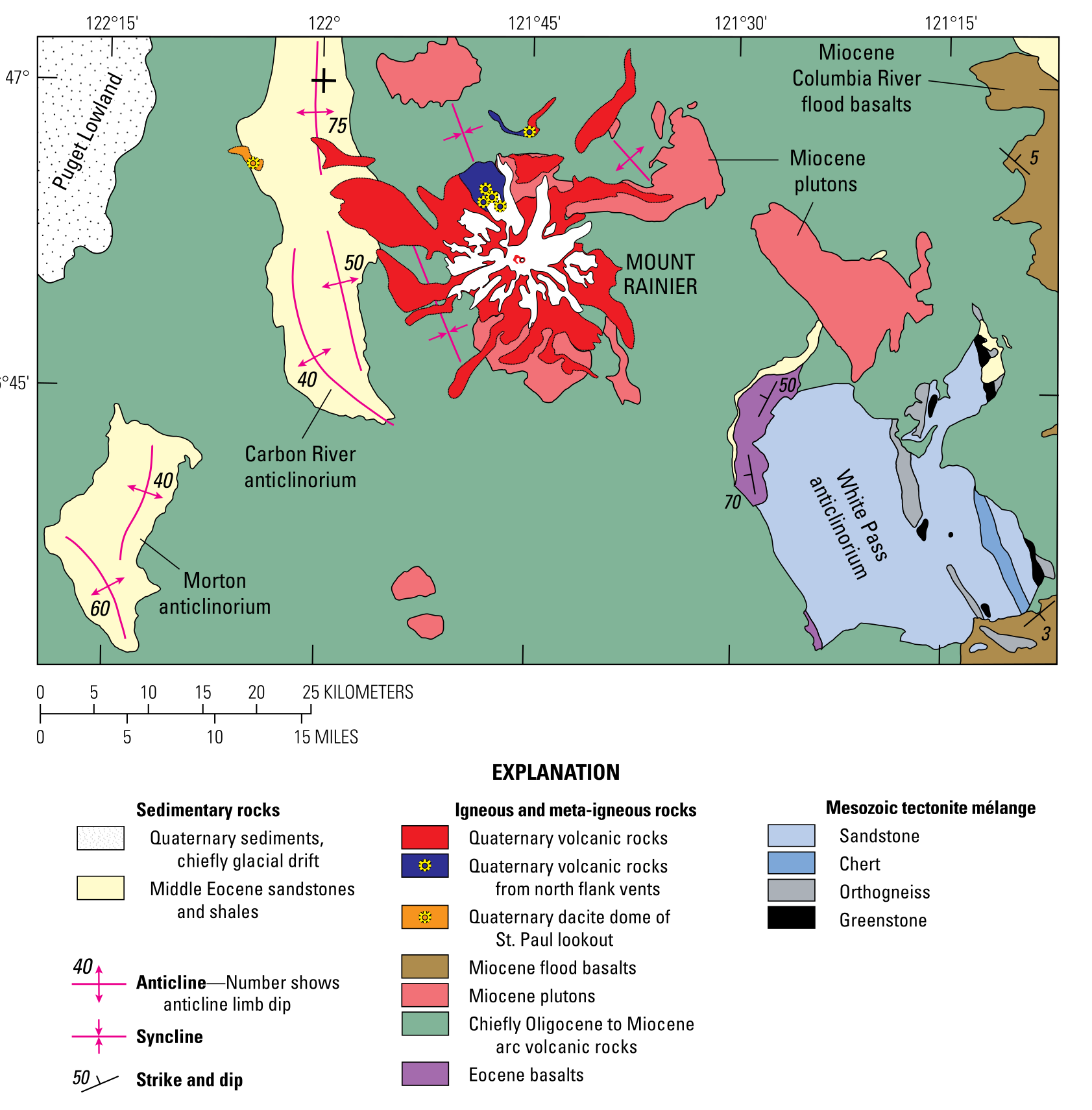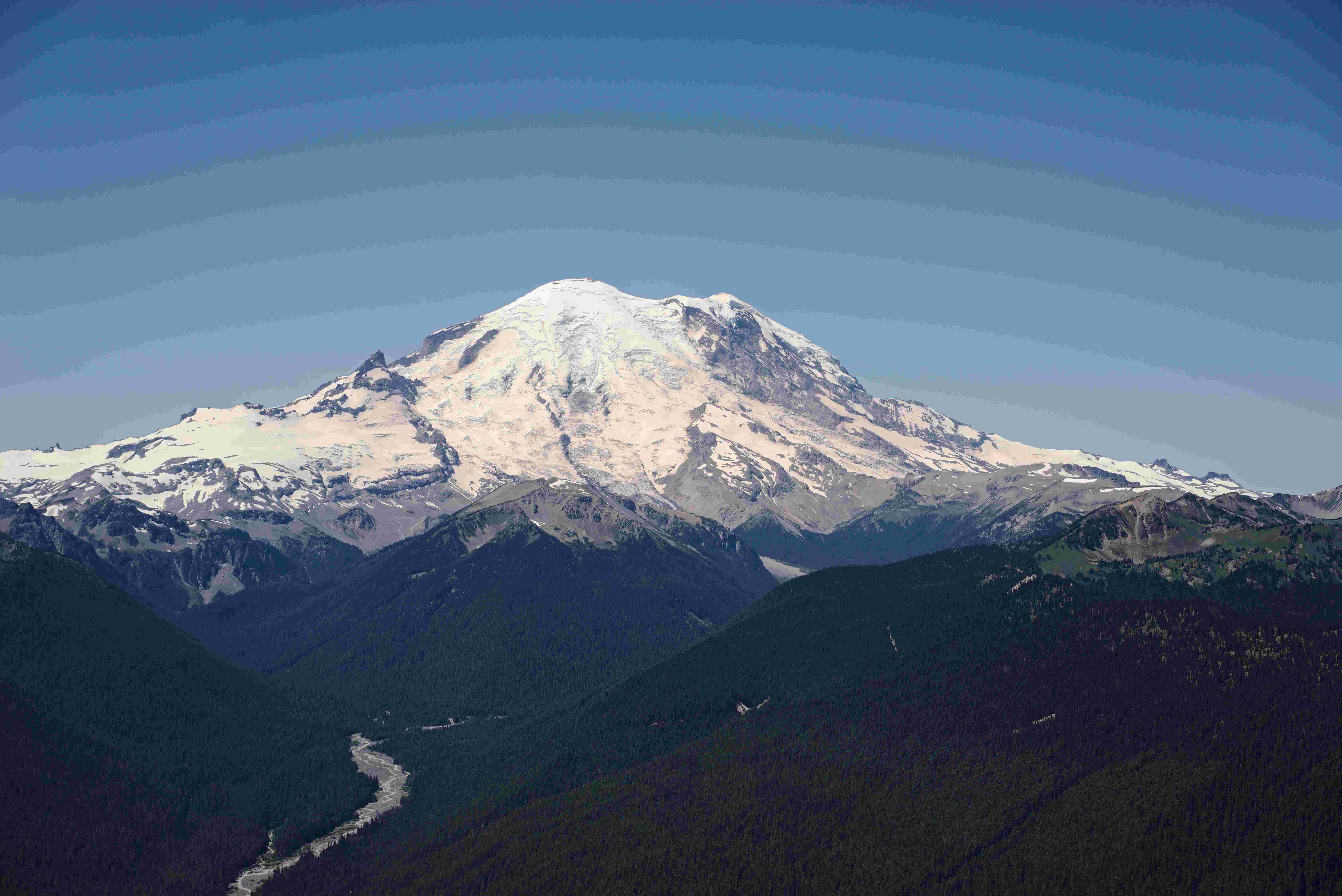Mount Rainier National Park offers limited walk-in camping options, with Mowich Lake Campground being the primary site. This small, primitive campground has 10 first-come, first-served sites. Located in the northwest part of the park, it provides a unique camping experience with no water, no fires allowed, and pit toilets. Backcountry camping is also available with proper permits. The park’s diverse landscape offers various trails suitable for different skill levels, making it an ideal destination for outdoor enthusiasts.
What Are the Specific Walk-in Camping Sites at Mount Rainier?

Mowich Lake Campground
Mowich Lake Campground stands out as the primary walk-in camping option in Mount Rainier National Park. Here’s what you need to know:
- Location: Northwest part of the park, on Mowich Lake’s shores
- Capacity: 10 walk-in sites
- Reservation: First-come, first-served only
- Amenities:
- No water available
- No fires allowed
- Pit toilets provided
- Access: Via a dirt road
- Cost: Free, but park entrance fee required
What Are the Backcountry Camping Regulations?

When planning a backcountry camping trip in Mount Rainier National Park, keep these regulations in mind:
- Permits:
- Required for all backcountry camping
-
Obtainable through the park’s website or visitor centers
-
Fire Restrictions:
- Campfires allowed only in designated sites
-
Additional restrictions may apply based on season and fire danger level
-
Wildlife Safety:
- Store food and scented items in bear-proof containers or hang properly
- Maintain a clean campsite
- Be aware of wildlife and make noise while hiking
Which Trails Are Best for Walk-in Camping?
While specific walk-in campsites are limited, several trails offer excellent opportunities for backcountry camping:
Wonderland Trail
| Trail Feature | Details |
|---|---|
| Length | 93 miles |
| Elevation Gain | Significant, multiple high passes |
| Difficulty | Strenuous |
| Notable Landmarks | Encircles Mount Rainier, views of glaciers and wildflowers |
| Camping | Multiple backcountry sites (permit required) |
Glacier Basin Trail
- Length: 6.5 miles round trip to Glacier Basin Camp
- Elevation Gain: Approximately 1,700 feet
- Difficulty: Moderate
- Notable Landmarks: Views of Emmons Glacier
- Camping: Backcountry camp at Glacier Basin (permit required)
Burroughs Mountain Trail
- Length: 9 miles round trip to Second Burroughs Mountain
- Elevation Gain: About 2,500 feet
- Difficulty: Strenuous
- Notable Landmarks: Panoramic views of Mount Rainier and surrounding peaks
- Camping: Backcountry camping possible with permit
What Amenities Are Available at Walk-in Camping Sites?
At Mowich Lake Campground, the primary walk-in camping site, amenities are minimal:
- Water: Not available; bring your own or treat lake water
- Restrooms: Pit toilets provided
- Parking: Limited parking near the campground
- Cost: Free camping, but park entrance fee required
How Can I Prepare for Walk-in Camping at Mount Rainier?
- Check Availability:
- Arrive early, especially during peak season
-
Have backup plans in case sites are full
-
Pack Essentials:
- Bring enough water or water treatment methods
- Pack all necessary camping gear, including bear-proof containers
-
Prepare for varying weather conditions
-
Know the Rules:
- Familiarize yourself with park regulations
-
Obtain necessary permits for backcountry camping
-
Plan Your Route:
- Research trails and campsites beforehand
-
Inform someone of your planned itinerary
-
Leave No Trace:
- Pack out all trash
- Minimize impact on the environment
What Are Some Safety Considerations for Walk-in Camping?
- Wildlife Awareness:
- Store food properly to avoid attracting animals
-
Make noise while hiking to avoid surprising wildlife
-
Weather Preparedness:
- Check weather forecasts before your trip
-
Bring appropriate gear for potential weather changes
-
Navigation Skills:
- Carry a map and compass
-
Know how to use navigation tools
-
Emergency Preparedness:
- Bring a first-aid kit
-
Have an emergency plan in place
-
Physical Fitness:
- Ensure you’re physically prepared for your chosen trail
- Start with easier trails if you’re a beginner
Walk-in camping at Mount Rainier offers a unique and immersive experience in one of America’s most beautiful national parks. While options are limited, proper planning and preparation can lead to an unforgettable outdoor adventure. Remember to respect the park’s regulations, practice Leave No Trace principles, and stay safe while enjoying the stunning natural beauty of Mount Rainier.
References:
1. White River Campground, Mount Rainier National Park
2. Nomads With A Purpose – Camping In Mount Rainier National Park
3. National Park Service – Camping at Mount Rainier
